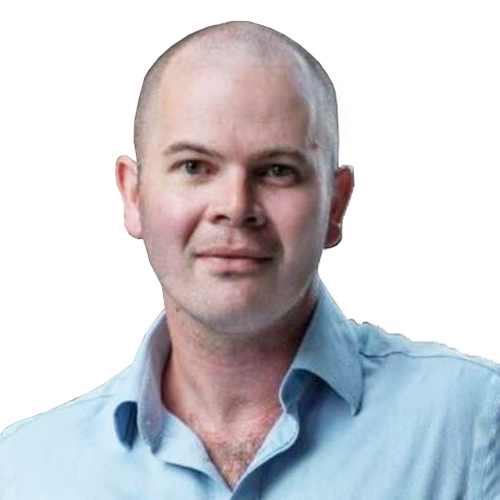Distinctive boot prints found after Scott Guy was gunned down in the dark on the farm are an important part of the Crown case against Ewen Macdonald.
The Crown also alleges that possible changes to the future of the Byreburn farm where Mr Guy and Macdonald worked together provided a motive for murder.
Anna Macdonald told the court yesterday about a farming conference her parents, Bryan and Joanne Guy, attended in Christchurch shortly before her brother was killed, in July 2010.
While her parents and Scott Guy were excited about the plans that were discussed, Mrs Macdonald said, her husband was "a little concerned" about the direction in which the farm was heading.
"The farm wasn't big enough for three families to live off comfortably. We couldn't get any bigger and we really needed to look at other avenues to earn money."
One idea was for Macdonald or Scott Guy to manage another farm in the area.
"We wouldn't want to be the ones who moved. If we were asked, we wanted to stay ... and run the dairy unit," said Mrs Macdonald.
But Joanne Guy told her daughter no decisions would be made until a meeting was held with all three couples and a consensus was reached.
Scott Guy was also enthusiastic about creating a lake at the back of the farm to run a jetboat or adventure-type activity.
"Ewen bought it up and sort of rolled his eyes ... it seemed a little bit far-fetched," said Mrs Macdonald.
Her father, Bryan Guy, also gave evidence for the last time yesterday.
Answering questions from Crown prosecutor Ben Vanderkolk, he said he had discussed growth plan options with both of the "boys" individually, but not together.
His son was "pretty keen" on the lake idea, although he described it as a "pipe dream" unlikely to happen in the next five or 10 years.
Subdividing the farm was another option, said Mr Guy.
All the planning was necessary, according to Mr Guy, because the farm could not sustain the three management salaries for himself, Scott Guy and Ewen Macdonald.
If one of the trio managed another farm, this would be a significant cost saving.
But Mr Guy said that didn't necessarily mean Scott Guy or Ewen Macdonald, and their young families, would have to move.
He knew that his son-in-law was concerned about the long-term future of milking cows on the farm.
"I tried to alleviate those fears."
The two final Crown witnesses, an ESR scientist and a police armourer, are to give evidence today.
Scientist looks at the patterns
The mystery of boot prints found at the murder scene was muddied further during a tense exchange in the Ewen Macdonald trial yesterday.
ESR forensic scientist David Neale gave evidence that the "wavy-lined" impressions were all left by the same shoe, which he concluded was a Proline W375 dive boot or something very similar.
He made soil impressions with new and used boots and cast the prints to replicate those found at the Feilding farm where Scott Guy was shot.
Based on the casts, in his opinion the shoes worn at the scene were size nine or 10.
Under cross-examination by defence lawyer Greg King, Mr Neale said not one single complete impression was taken from the scene.
Mr King then asked Mr Neale to examine three partial impressions and to count the rows of waves on the forefoot of the print. On each print, there were 32 or 33 rows.
Then Mr King asked Mr Neale to count the rows of waves on the forefoot on a size nine Proline boot.
There were 29 full rows. On a size seven boot, he counted 25, and a size 10 had 30 or 31.
Was it reasonable to infer that the number of wavy rows increased by two as the size of the boot increased, Mr King asked.
"That appears to be the case," Mr Neale agreed.
Referring to the three partial prints in which 32 or 33 rows were counted, Mr King said: "If your calculation is accurate, there is no way in the world that it can be a pair of size nine Proline boots."
Mr Neale agreed the size nine sample boot he examined - the boots from the scene were never found - did not have 32 or 33 rows.
He said discounting the number of waves, the impressions at the scene matched a Proline boot or a boot that closely matched it.
"Why would you discount the rows of waves?" asked Mr King.
He suggested the prints at the scene were more likely made by a size 11 or 12 boot and later asked Mr Neale if the size nine boot he examined could have made the prints at the murder site.
"No it could not," the scientist replied.
Under re-examination, Mr Neale said the number of waves on the sole of the boot could depend on how the rubber was cut during manufacture.
